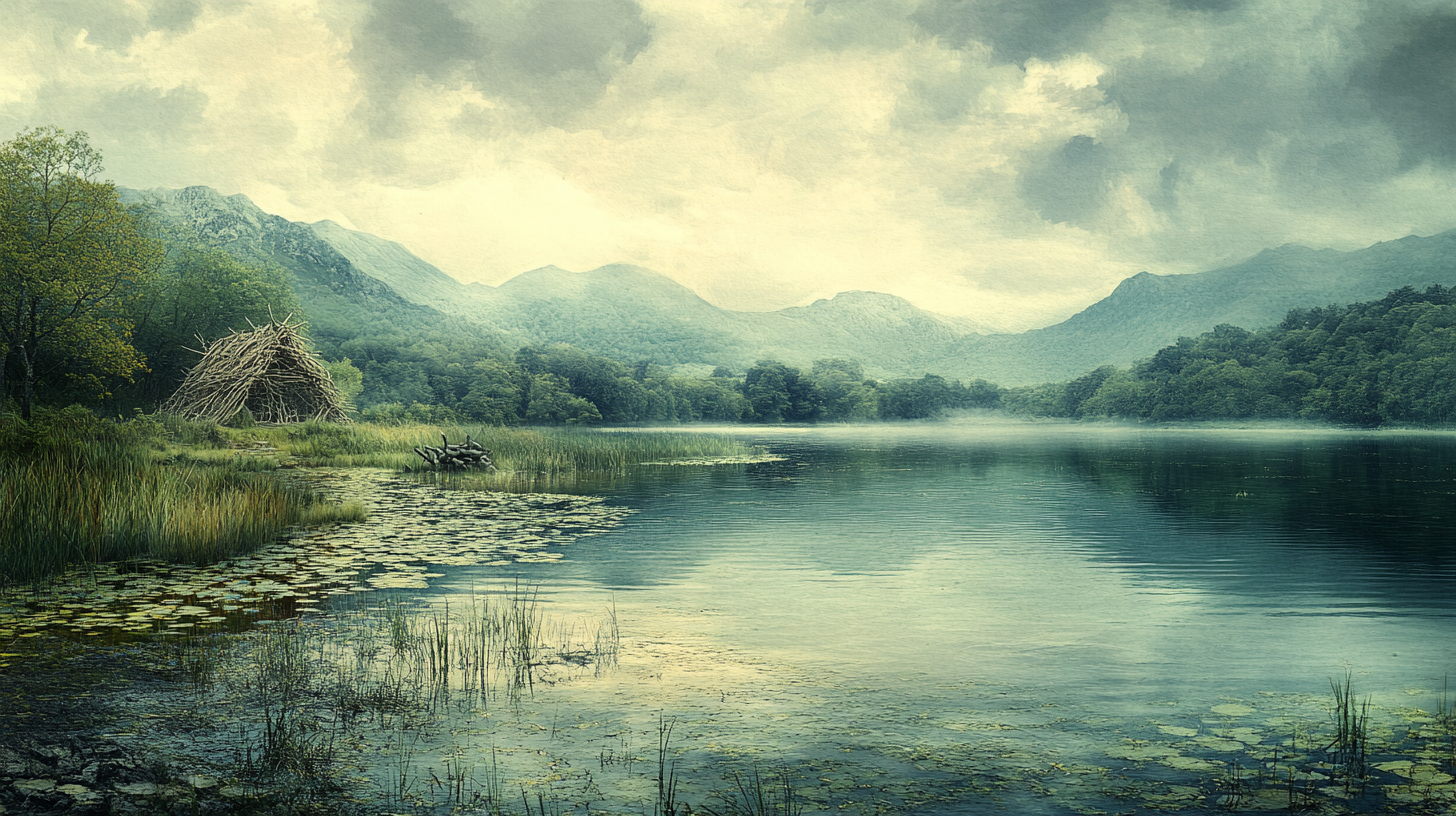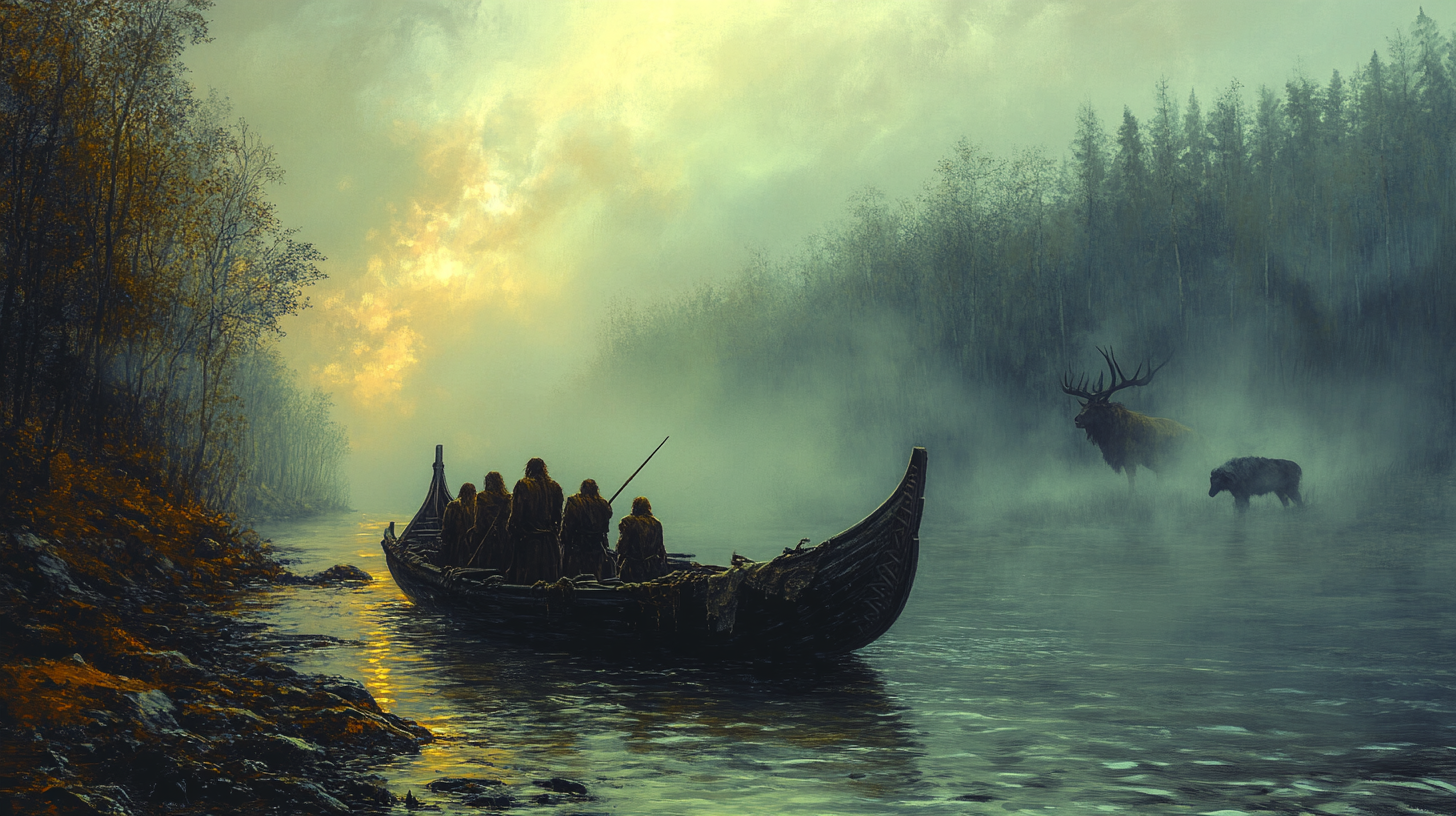8,000 to 4,000 B.C
The Mesolithic period in Ireland, which spanned from around 8,000 to 4,000 B.C., is a fascinating time in antiquity. During this historical period, Ireland was home to a number of hunter-gatherer societies that left a vast amount of archaeological remains. This article will present an overview of Mesolithic archaeology in Ireland, focusing on the two most significant sites, Lough Boora and Mount Sandel. In addition, some of the most significant Mesolithic artefact types unearthed in Ireland will be discussed.
Major Mesolithic Sites in Ireland
Lough Boora is a big lake in Offaly County, Ireland. It is one of Ireland’s most significant Mesolithic sites, containing a plethora of archaeological data. A number of noteworthy artefacts have been uncovered at the site since it was first explored in the 1970s. Flint tools, ceramics, and animal bones are examples. Additionally, the site features a number of Mesolithic-era burial mounds.
Mount Sandel in Ireland is an additional important Mesolithic site. It is one of the oldest known sites in Ireland, located in County Derry, and it has produced an abundance of archaeological material. A number of noteworthy artefacts have been uncovered at the site since it was first explored in the 1970s. Flint tools, ceramics, and animal bones are examples. Additionally, the site features a number of Mesolithic-era burial mounds.
Mesolithic Artifacts of Significance
The Mesolithic period in Ireland is renowned for its abundance of artifacts. There are two categories for these artifacts: flint implements and pottery. Numerous chores, including hunting, fishing, and woodworking, were accomplished using flint tools. Flint, chert, and quartz were among the materials used to create them. Pottery was also an integral aspect of Mesolithic culture, and it served a range of functions, including cooking, storage, and ritual.
Later Mesolithic Lifestyles, Tools & Key Sites in Ireland (c. 6700 – 4000 BC)
Focuses on the Later Mesolithic, the development of tools like Bann Flakes and Moynagh Points, settlement patterns including “persistent places,” diet, organic finds, and key sites such as Lough Boora, Mount Sandel, and Ferriter’s Cove.
The True First Settlers: Mesolithic Ireland – Arrival & Early Adaptation (c. 8000 – 6700 BC)
Details the arrival of Ireland’s first continuous settlers by sea, their adaptation to the post-glacial environment, and the characteristics of the Earlier Mesolithic hunter-gatherer-fisher lifestyle and microlithic tool technology.
Before the Ice Melted: Ireland’s Palaeolithic – Fleeting Footprints in a Frozen Land
Explores the earliest sporadic human presence in Ireland during the Old Stone Age, evidence from sites like Castlepook Cave and Alice & Gwendoline Cave, set against a backdrop of dramatic Ice Age climatic shifts.




